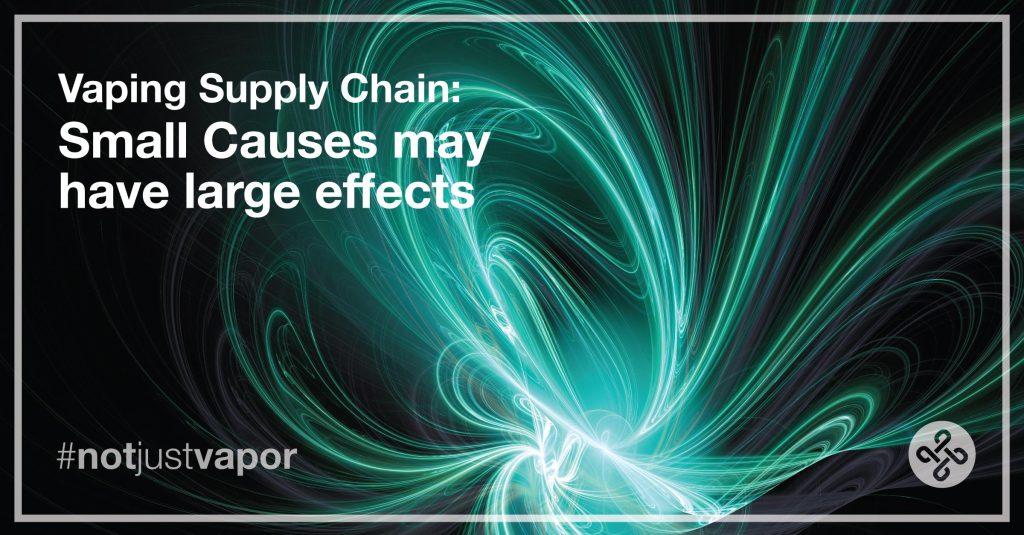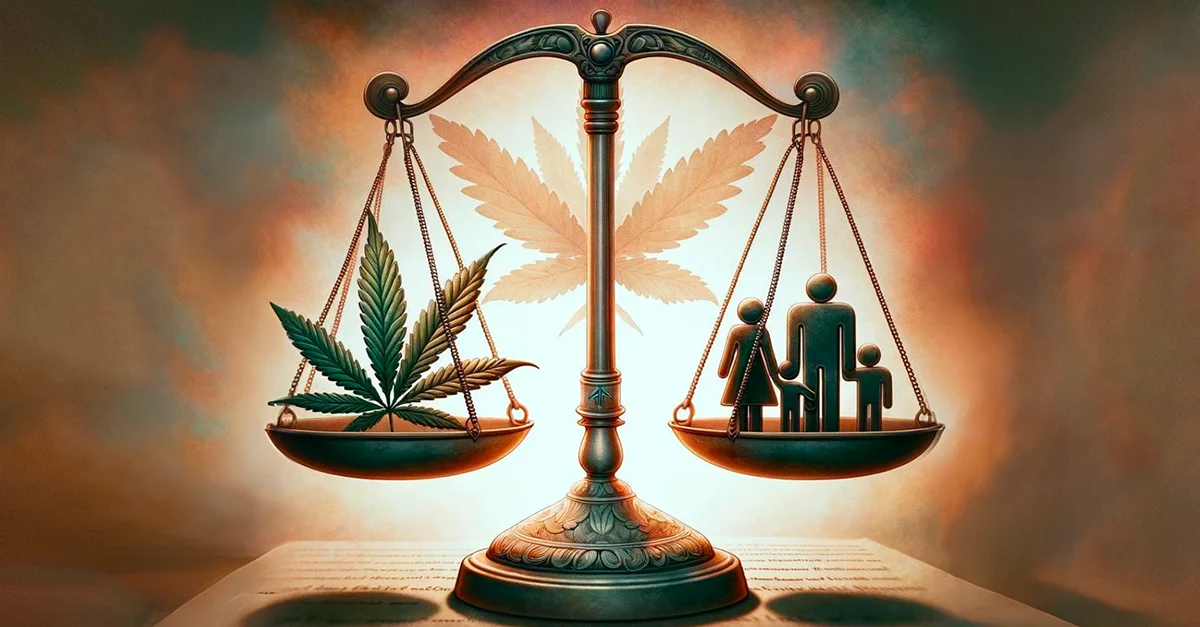Jet, the main character from SuperWings has a signature phrase: “on time, every time”. As much as our children all love Jet, let’s be clear about one thing: when it comes to cannabis vaping hardware, on-time delivery is one of the hardest things to predict.
When dealing with a global supply chain, it’s almost impossible to predict delivery dates and even harder to hit them, especially during a pandemic like Covid-19. Remember that 99% of vaping devices are manufactured in Shenzhen, China.
Let’s set the stage here with a brief review of the procurement flows for these products. Rest assured, this is really a simplified view for the purposes of this article:
- An order for 100k custom branded cartridges is placed by a client on December 1st (assuming the initial deposit and agreement are completed)
- Procurement of raw materials begins with 12 raw materials suppliers on December 2nd
- Each raw material supplier provides their own production timeline (that’s 12 different timelines) based on raw material availability, it’s already December 7th
- The custom branded logo supplier has to work on one component after it’s produced: that’s a 13th timeline, you can add another 3 days here, it’s already December 10th
- Production planning is then done by the assembler after consolidating the previous 13 timelines and adding the assembly time, it’s December 15th
- When an agreement on all these timelines has been reached, the procurement team places all orders to the raw material suppliers, it’s December 17th
- Of course, production cannot start until all 13 raw material suppliers have provided the components, that day is planned for January 10th
- After all this consolidation, the end of production is planned for January 15th
- Final QC inspection using AQL standards is planned on January 16th
- Shipping to the airport.seaport is planned for January 17th
- The shipment is finally planned for loading on a flight/ship on January 18th
Scenario 1: Raw Material Delay
Now imagine that 1 raw material supplier from step 3 above has a 2 day delay in delivering a component to the assembler. What happens: the initial assembly date planned in step 7 is delayed by at least that amount of days, if not more. Remember, there are 12 different raw material suppliers, this can happen 12 times, sequentially or concurrently.
This supplier delay can be caused by multiple reasons, the main ones being:
- Lack of personnel (sick, pandemic, etc…)
- Availability of raw material
- QC issues detected
- Logistical/delivery issues
Scenario 2: Sequential Production Delay
Step 4 above is for the custom logo printer. His timeline depends on one of the other raw material suppliers. If that supplier is 2 days late, this will force the custom logo printer to modify his timelines, and reschedule that printing job among the hundreds of other concurrent projects he has, which can also add another 2 days simply for scheduling reasons. In this scenario, we already have a 4 day delay on step 7 even before assembly even starts.
Scenario 3: QC Delay
The production team of the final assembler receives all raw materials, and after a QC inspection of each material, decides to reject 30% of one of them. In this case, we’re back to step 3, often rushed this second time around. This usually causes 5 to 10 day delays on the assembly date planned in step 7.
In each of these scenarios, you can easily see how the delays are passed on to the subsequent steps. In some cases, we can make up for small delays. In others, it’s impossible to make up for them. The cannabis vaping hardware supply chain is a well oiled machine, but if one cog in the system fails, the entire machine grounds to a halt until it is fixed.
Scenario 4: Chinese New Year is approaching
In this scenario, all of the previous ones are exponential as suppliers tend to accept all the orders they can, and a lot of times, end up over-booking (yes, just like flights, before Covid that is). This of course will cause potential delays and even bigger ones if a supplier has to rework production and/or fit a new run into their already very tight schedule. This will impact step 3 and step 7.
With Chinese New Year, comes a huge increase in raw material and production capacity demand. During this period, production is prioritized based on relationships and/or on price. In some cases, we have had to offer 2% more to a raw material supplier to be prioritized. This can cause delays in all of the steps above.
Scenario 5: Pandemic locks down ports and reduces routes
Given the current coronavirus pandemic, a lot of ports have shut down. Also, a lot of air cargo is also handled by consumer airlines using the remaining space in their passenger flights for freight. This combination results in a lot less routes, sometimes going from 5 flights a day to 1 every 3 days.
Step 11 above plans for the shipment to be on a reserved flight. Imagine any one of these scenarios happening causing delays in shipment readiness. In some cases, your shipment may miss a flight by one day, but no other flight is available for another 3 days. In these situations you are again losing a few days.
We can go on and on about potential delays throughout the cannabis vaping supply chain and rest assured that we’ve only scratched the surface with the above scenarios. Each delay has the potential to create a butterfly effect and exponentially increase delays throughout the entire supply chain. This is why some people call this the “Art of Supply Chain Management”, as it’s more than just project planning. It’s all about anticipation, blocking and tackling every delay or potential delay.
There are multiple ways to mitigate delays and setting expectations with clients has become mandatory to offer the level of service we provide at Blinc. The main one here is to build in some “buffers” in the timelines but in the end it all relies on the level of transparency and communication you have with your clients and the level of control you have over your supply chain. We’ll dive more into potential delays in future articles about your cannabis vaping supply chain.
#notjustvapor















































